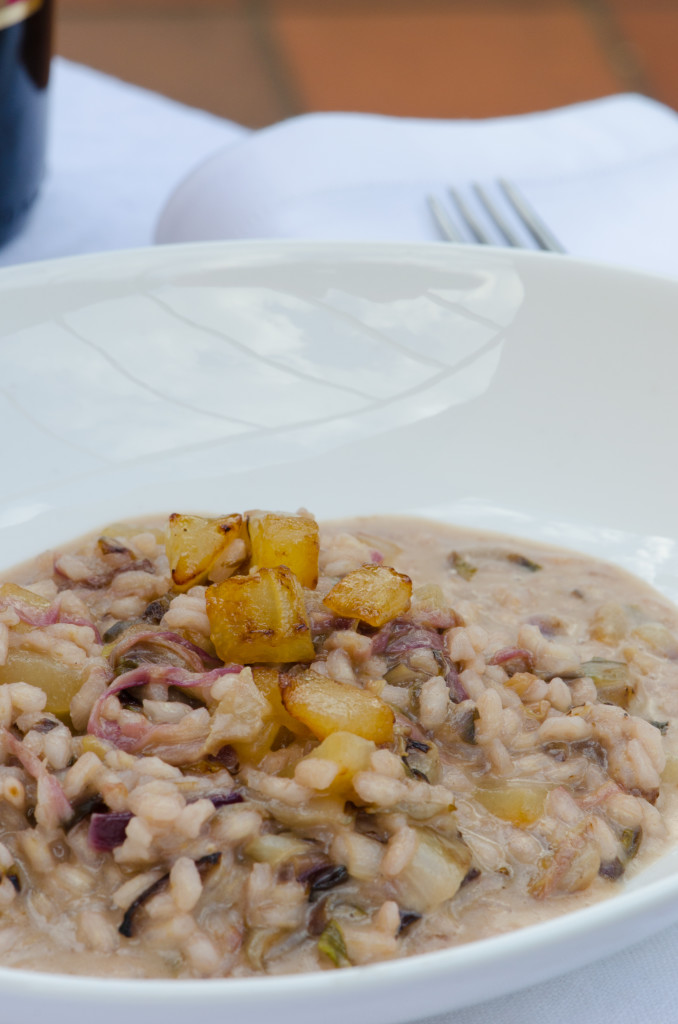 Our first tour of the season, a walking and cycling tour of the Veneto and then Tuscany really demonstrates the regional variations of Italian cuisine. We cooked Venetian seafood specialties with a professional chef, then a few days later joined a Tuscan home cook in her kitchen. The one theme that unites them both us a deep appreciation for the products of their own regions, which still play a leading role in what they eat today.
Our first tour of the season, a walking and cycling tour of the Veneto and then Tuscany really demonstrates the regional variations of Italian cuisine. We cooked Venetian seafood specialties with a professional chef, then a few days later joined a Tuscan home cook in her kitchen. The one theme that unites them both us a deep appreciation for the products of their own regions, which still play a leading role in what they eat today.
In late spring here in Italy, I am finding the last of the winter Tardivo radicchio still available at my local fruit and vegetable market. Red radicchio is a chicory, a relative of the wild plant you can still find growing along the roadside today. It was introduced to the Venetian republic in the fifteenth century, and is became intensely cultivated especially in the Treviso area. Growers here developed many different varietals over the years, each providing a different flavor profile and different growing season.
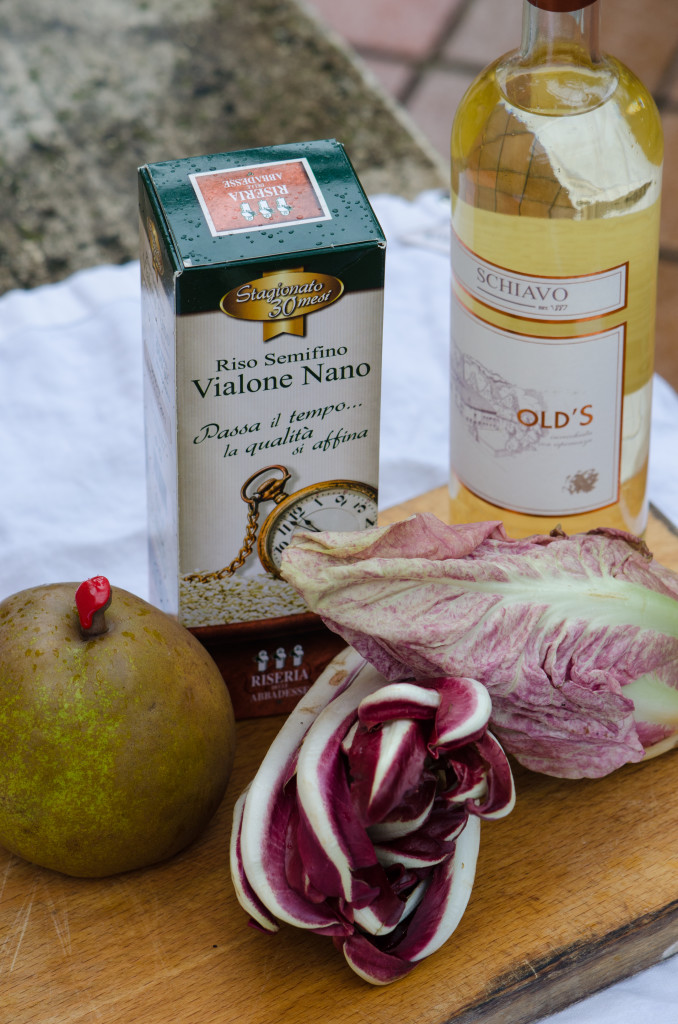 There are two varieties of Radicchio Rosso di Treviso which are grown in and around Treviso, and both are protected by their own IGP quality designation. The Precoce variety appears first in the season, and has deep red leaves, with an elongated shape. It has the sweetest and most delicate flavor in the radicchio family. The second type, Tardivo, is more elongated, with a more pronounced vein. As with most radicchio, both undergo a forcing, or ‘whitening”, imbianchimento, in which field-harvested plants have their upper halves cut off, and then are replanted in running water. After a few days, the deep red inner ‘heart’ begins to grow, which is sweet and tender, with a touch of the original bitterness still remaining. The older outer leaves are removed and the heart is what you will see in the market.
There are two varieties of Radicchio Rosso di Treviso which are grown in and around Treviso, and both are protected by their own IGP quality designation. The Precoce variety appears first in the season, and has deep red leaves, with an elongated shape. It has the sweetest and most delicate flavor in the radicchio family. The second type, Tardivo, is more elongated, with a more pronounced vein. As with most radicchio, both undergo a forcing, or ‘whitening”, imbianchimento, in which field-harvested plants have their upper halves cut off, and then are replanted in running water. After a few days, the deep red inner ‘heart’ begins to grow, which is sweet and tender, with a touch of the original bitterness still remaining. The older outer leaves are removed and the heart is what you will see in the market.
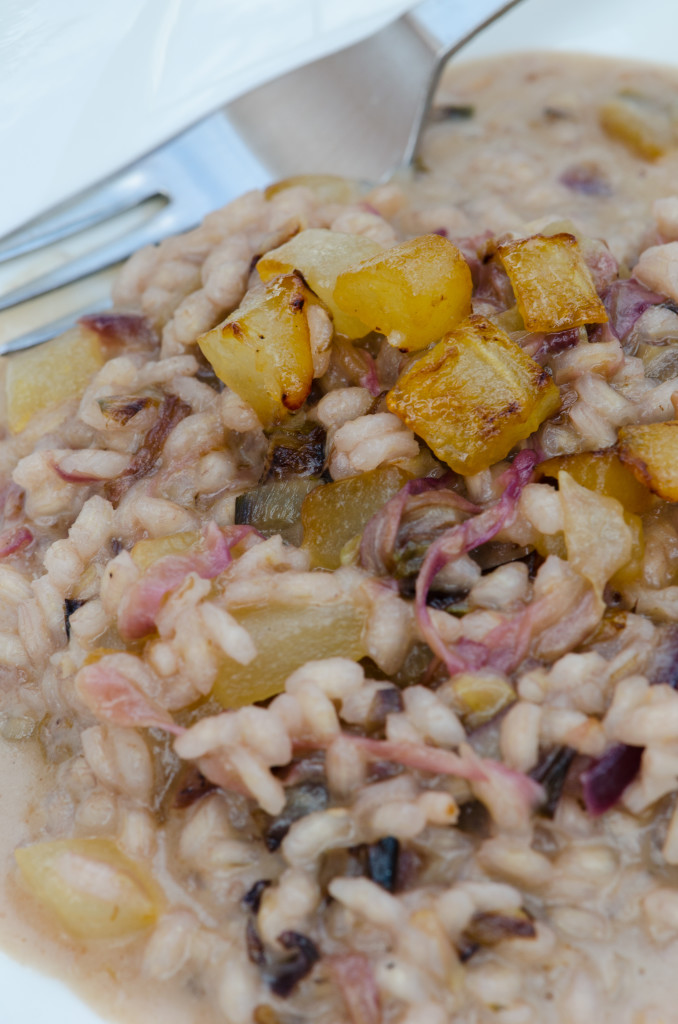
The province of Vicenza has its own favorite variety of radicchio, with the center of production in Asigliano Veneto, in the southern part of the province, as well as the Berici Hills, Noventa Vicentina, Poiana Maggiore, Sossano and Orgiano. This particular variety is more compact and oval shaped, with dark red leaves and white veins. These are first planted in July, with a first harvest in October, and a second harvest in December. In December, the harvest does not mean the work is completed – the heads are piled and left in the field for a few weeks of final “ripening”.
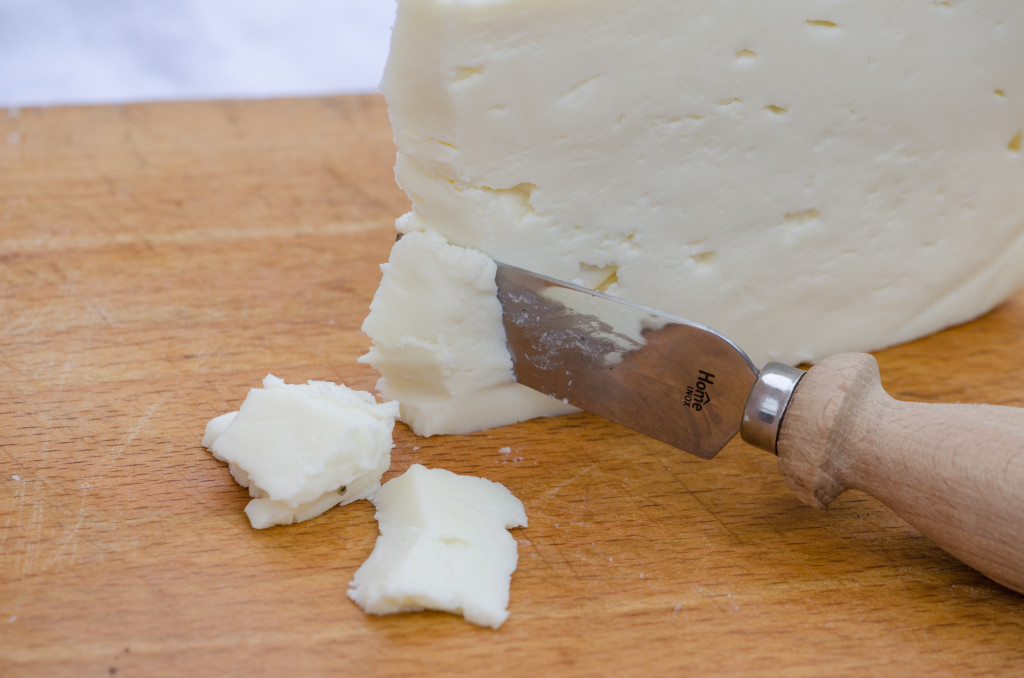
The following recipe is from a small booklet of recipes dedicated solely to “Il Radicchio Rosso di Asigliano”. The booklet itself is quite interesting – I’ve included in the translation the very specific instructions on the ingredients, all very local specialties. Substituting what you can find at home will still produce a lovely and tasty risotto, but I’ve included the specific descriptions to give you the flavor of how an Italian understands local foods.
Risotto al Radicchio Rosso con Pere e Formaggio Morlacco
Serves 4
1/4 cup butter
1/2 red onion from Bassano, minced
1 head of radicchio rosso di Asigliano, thinly sliced (I used Tardivo, use what you can find)
Kosher salt and freshly ground pepper
4-5 cups vegetable broth
1/2 cup Cabernet from Breganze
1 pear, homegrown or the “doyenne” of winter pear, peeled and cut into 1/4 inch cubes
1/4 cup Vicentina grappa (grappa from Vicenza)
1 cup Vialone Nano di Grumello delle Abbadesse (the local heirloom variety of risotto rice, substitute Arborio or Carnaroli)
4 ounces Morlacco del Grappa cheese (a soft, lean cow’s milk cheese made from cows that graze on the Grappa plateau. Use a stronger flavored cheese of your choice)
1/2 cup grated grana cheese from Ponte di Barbarano
Heat half the butter in a large sauté pan. Add the onion and the sliced radicchio and cook over medium heat, stirring occasionally, until the onion is translucent, about 4-5 minutes. Season with salt and pepper.
In a large saucepan, heat the stock, keeping it just below a simmer.
Add the wine to the onions and radicchio. After the wine evaporates, add the cubed pears, half of the remaining butter, and sprinkle with the grappa. Cook until the pear cubes begin to brown. and set some of the best looking cunes aside for garnish.
Add the rice to the sauté pan with the onions, radicchio and pears. Stir for about 1 minute, until the grains are coated with the fat and liquid in the pan.
Add a couple of ladlefuls of the hot stock and again simmer, stirring gently, until the stock is absorbed. Continue adding the stock a ladleful at a time, stirring and waiting until the stock is absorbed before the next addition of stock. Continue until the rice is al dente. The stock may not all be used.
When the risotto is done, stir in the Morlacco and grana cheeses and remaining butter, and season with salt and pepper to taste. Pour into a soup tureen and serve, garnish with the reserved pear cubes.
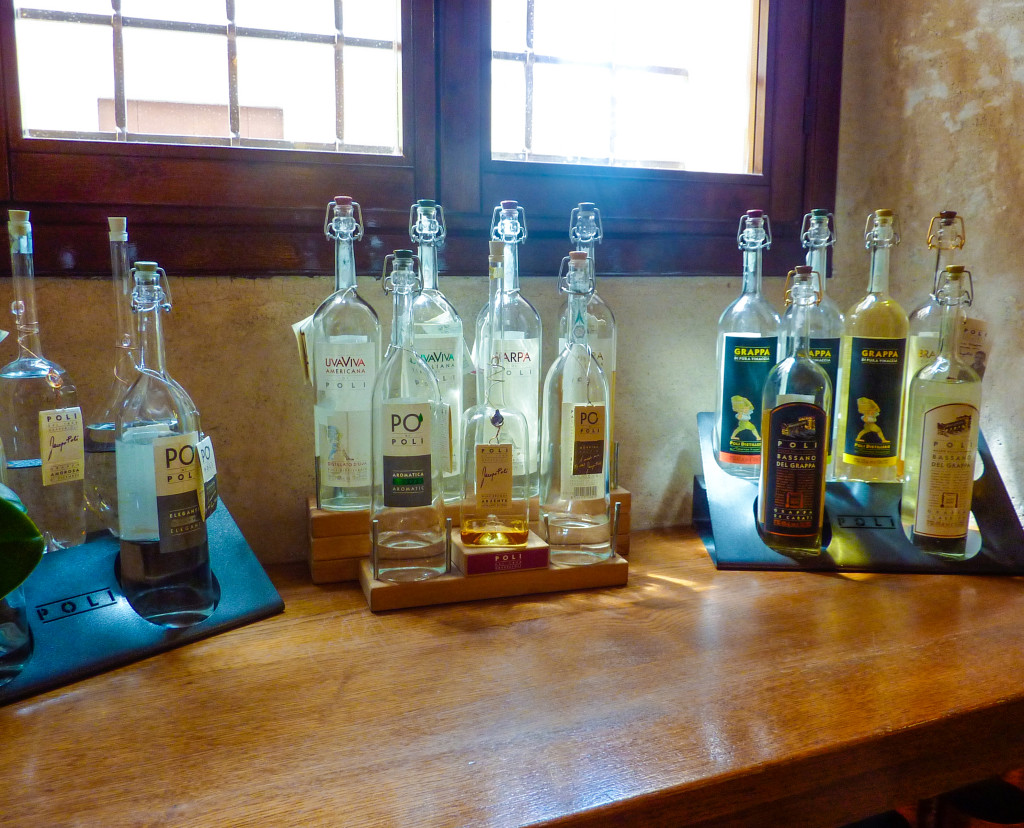 The most famous, and most popular, after dinner drink in Northeastern Italy is grappa. We introduce it in many ways to our guests on our
The most famous, and most popular, after dinner drink in Northeastern Italy is grappa. We introduce it in many ways to our guests on our 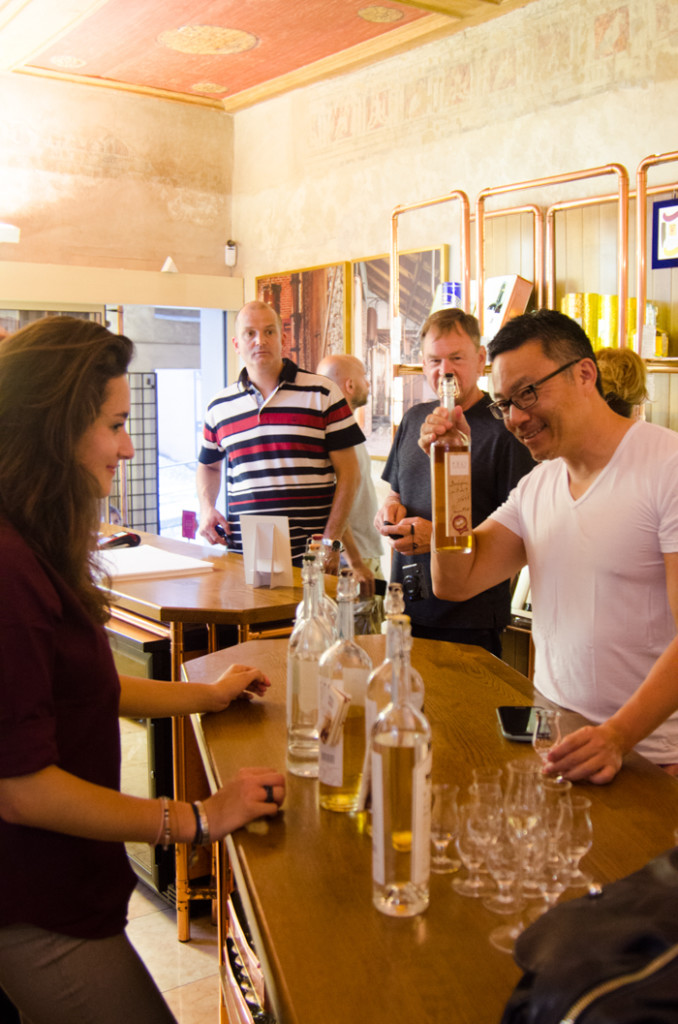 Grappa is similar to other distilled liquors, but is unique in that it is the only spirit made from distilling the skins, pulp, seeds and stems (called vinaccia) leftover from the winemaking process. Legend has it that a Roman solider first distilled grappa in Bassano del Grappa using equipment he stole from Egypt, but this is not the case, as the distillation techniques in use then could not produce grappa. According to Ove Boudin, in his book Grappa: Italy bottled, in ancient times the royalty would drink the wine, and the poor would make their own makeshift wine by adding water to the leftovers – nothing went to waste – calling it vinello. Around 1600, the Jesuits formalized and perfected distillation techniques, making it possible to distill vinaccia, and grappa was born.
Grappa is similar to other distilled liquors, but is unique in that it is the only spirit made from distilling the skins, pulp, seeds and stems (called vinaccia) leftover from the winemaking process. Legend has it that a Roman solider first distilled grappa in Bassano del Grappa using equipment he stole from Egypt, but this is not the case, as the distillation techniques in use then could not produce grappa. According to Ove Boudin, in his book Grappa: Italy bottled, in ancient times the royalty would drink the wine, and the poor would make their own makeshift wine by adding water to the leftovers – nothing went to waste – calling it vinello. Around 1600, the Jesuits formalized and perfected distillation techniques, making it possible to distill vinaccia, and grappa was born.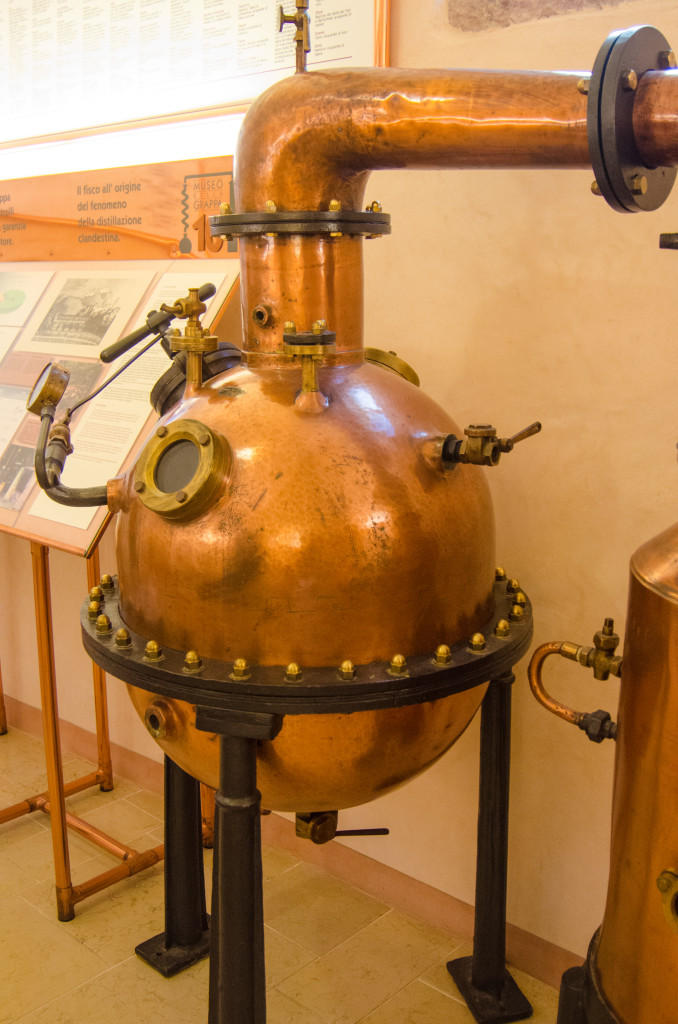 For many years, grappa was distilled with whatever vinaccia the producers would have available. Nowadays, as with most distilled liquors, modern producers have introduced refinements to the production process, greatly improving the final quality, and resulting in many diverse varieties. Today, the use of varietal grapes and aging in casks of various types of woods allows the producers to offer magnificent grappas that reflect the high quality and the unique nature of the original grapes. At the forefront here is Nonino, a Friuli based producer that was the first to introduce a single varietal grappa in 1973.
For many years, grappa was distilled with whatever vinaccia the producers would have available. Nowadays, as with most distilled liquors, modern producers have introduced refinements to the production process, greatly improving the final quality, and resulting in many diverse varieties. Today, the use of varietal grapes and aging in casks of various types of woods allows the producers to offer magnificent grappas that reflect the high quality and the unique nature of the original grapes. At the forefront here is Nonino, a Friuli based producer that was the first to introduce a single varietal grappa in 1973.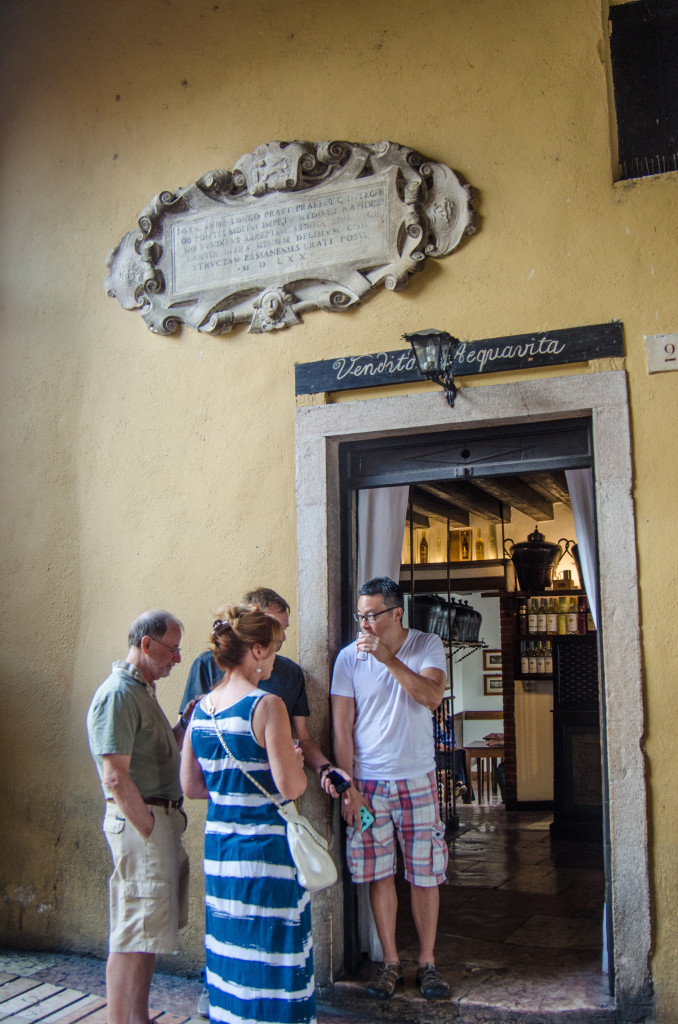 Grappa is now a name protected by the European Union. To be called grappa, the liquor must be produced in Italy, or certain parts of Switzerland or San Marino, be produced from vinaccia (also known as pomace), and fermentation and distillation must occur on the pomace, with no added water.
Grappa is now a name protected by the European Union. To be called grappa, the liquor must be produced in Italy, or certain parts of Switzerland or San Marino, be produced from vinaccia (also known as pomace), and fermentation and distillation must occur on the pomace, with no added water.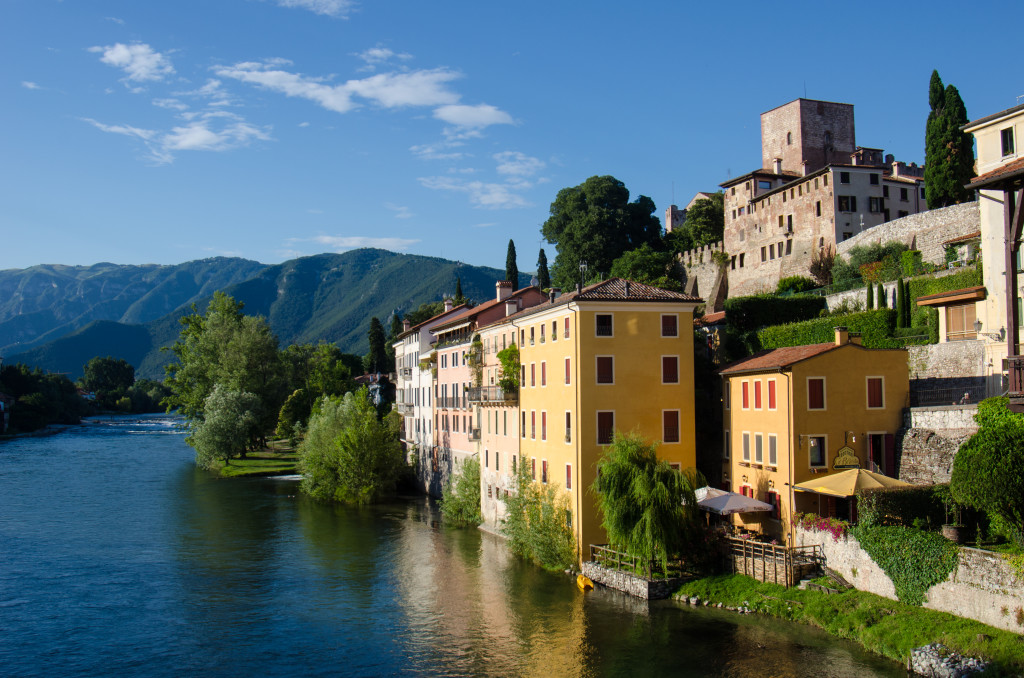 We visit Bassano del Grappa on our tours in Italy, and have the opportunity to visit two very well known producers that are right across the street from each other. Nardini is located at the end of the famous Ponte degli Alpini in Bassano, and is popular with the locales; you will see quite a crowd there, spilling out onto the bridge itself in the late afternoon. Poli is located here as well, and has a very interesting museum that leads you through the production process. Many small antique bottles are on display, and a ‘sniffing’ room, where you can explore the aromas of about 20 or so different grappas.
We visit Bassano del Grappa on our tours in Italy, and have the opportunity to visit two very well known producers that are right across the street from each other. Nardini is located at the end of the famous Ponte degli Alpini in Bassano, and is popular with the locales; you will see quite a crowd there, spilling out onto the bridge itself in the late afternoon. Poli is located here as well, and has a very interesting museum that leads you through the production process. Many small antique bottles are on display, and a ‘sniffing’ room, where you can explore the aromas of about 20 or so different grappas.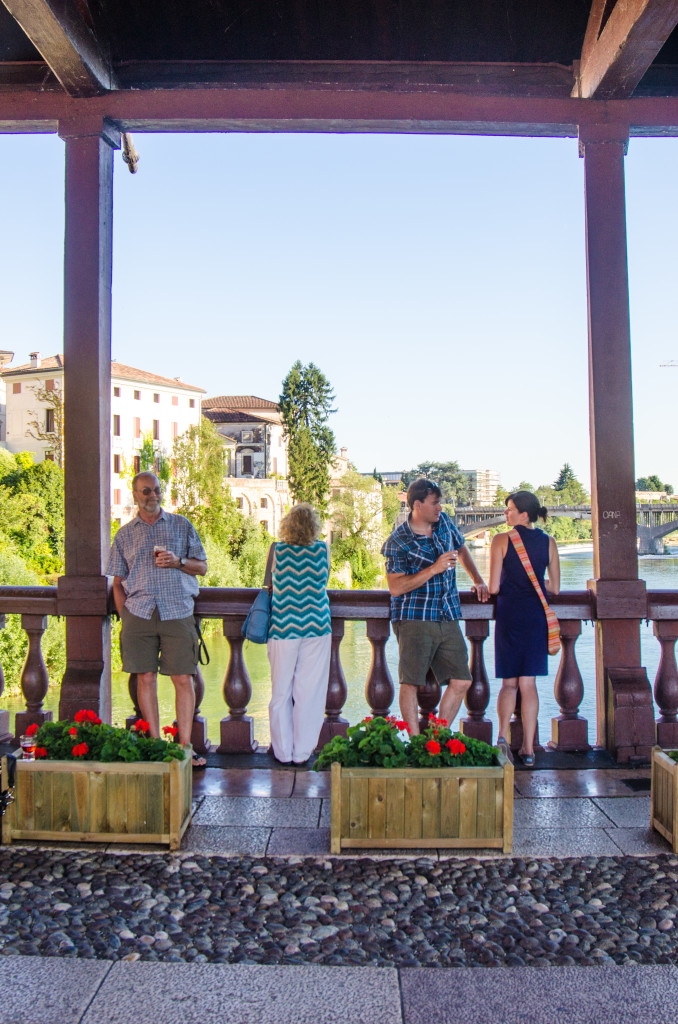
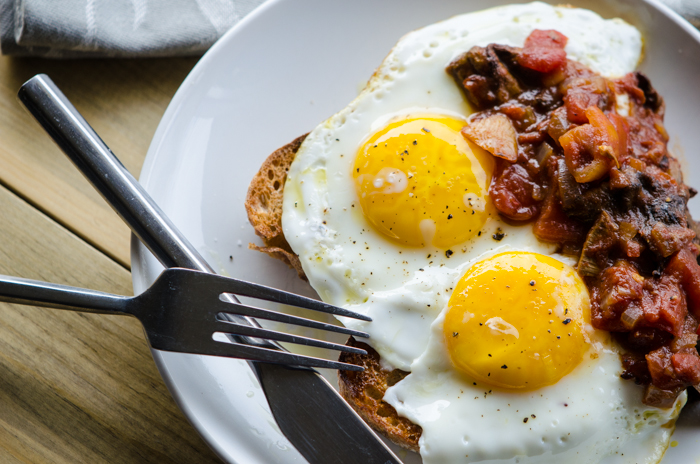 Our touring season in Italy is fast approaching, and we’ll be returning to Tuscany on a
Our touring season in Italy is fast approaching, and we’ll be returning to Tuscany on a 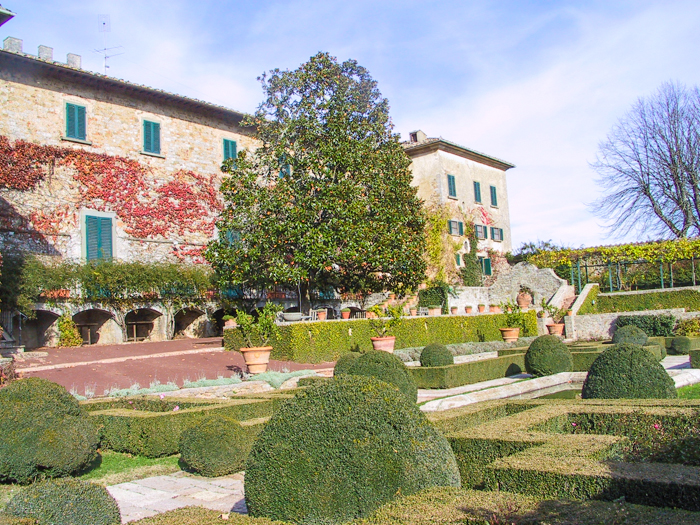 Badia a Coltibuono
Badia a Coltibuono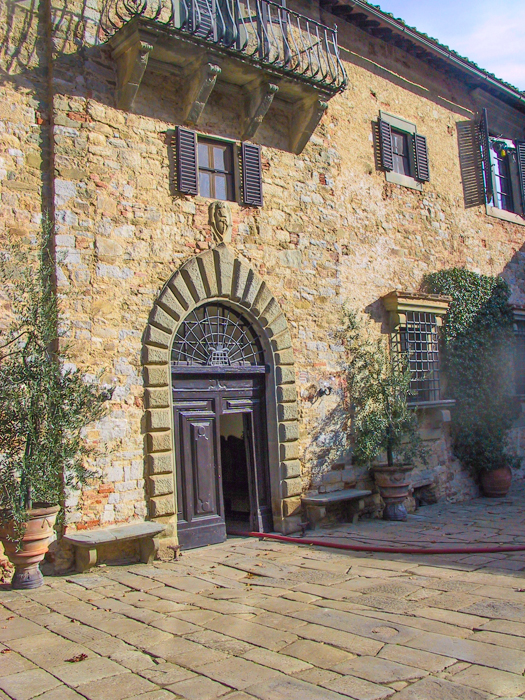 In 1846, Coltibuono was bought by Guido Giuntini, a Florentine banker and great grandfather of Piero Stucchi-Prinetti, the present owner. Today the estate is run by Piero’s four children. Under the guidance of Piero and now his children, the estate continues to grow and build a solid reputation both in Italy and internationally for its wines and olive oils. It also operates a lovely agriturismo, cooking school, and restaurant.
In 1846, Coltibuono was bought by Guido Giuntini, a Florentine banker and great grandfather of Piero Stucchi-Prinetti, the present owner. Today the estate is run by Piero’s four children. Under the guidance of Piero and now his children, the estate continues to grow and build a solid reputation both in Italy and internationally for its wines and olive oils. It also operates a lovely agriturismo, cooking school, and restaurant.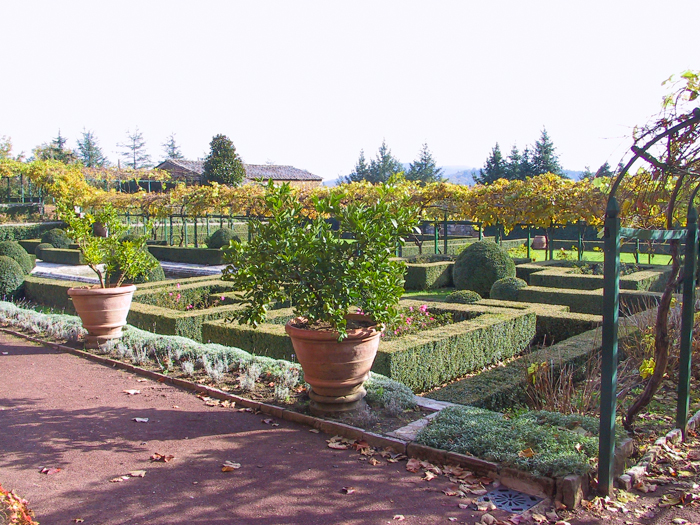 The cooking school here at Badia was begun in 1980 by mother Lorenza deMedici. She is known world-wide for her many lovely cookbooks as well as her PBS television series The De’ Medici Kitchen. Today the cooking school features Benedetta Vitali, a Florentine chef, co-founder of “Cibreo” restaurant with Fabio Picchi, and then “Zibibbo” in 1999.
The cooking school here at Badia was begun in 1980 by mother Lorenza deMedici. She is known world-wide for her many lovely cookbooks as well as her PBS television series The De’ Medici Kitchen. Today the cooking school features Benedetta Vitali, a Florentine chef, co-founder of “Cibreo” restaurant with Fabio Picchi, and then “Zibibbo” in 1999.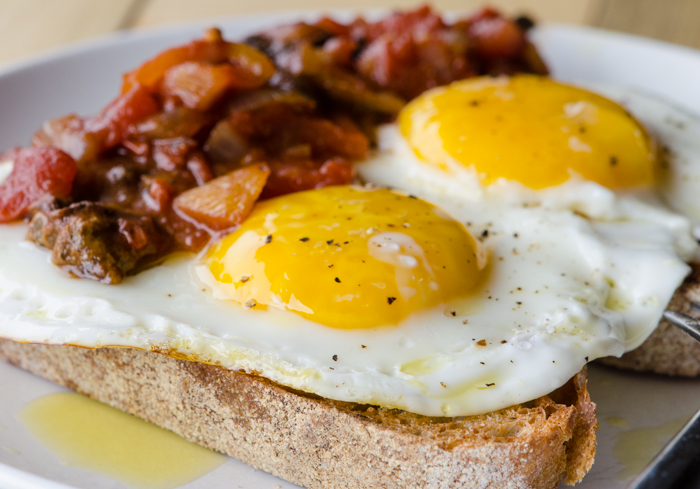 Here is a recipe from Lorenza deMedici’s cookbook “Tuscany: The Beautiful Cookbook”. It is for Crostoni di Uova alla Cacciatora, or Hunter’s Eggs. To quote “These eggs are traditionally prepared for excursions to Monte Amiata, a tall mountain with an enormous cross on its summit. The area abounds in game and wild mushrooms.” We enjoy cycling and hiking in the countryside surrounding Monte Amiata during our tours in Tuscany.
Here is a recipe from Lorenza deMedici’s cookbook “Tuscany: The Beautiful Cookbook”. It is for Crostoni di Uova alla Cacciatora, or Hunter’s Eggs. To quote “These eggs are traditionally prepared for excursions to Monte Amiata, a tall mountain with an enormous cross on its summit. The area abounds in game and wild mushrooms.” We enjoy cycling and hiking in the countryside surrounding Monte Amiata during our tours in Tuscany.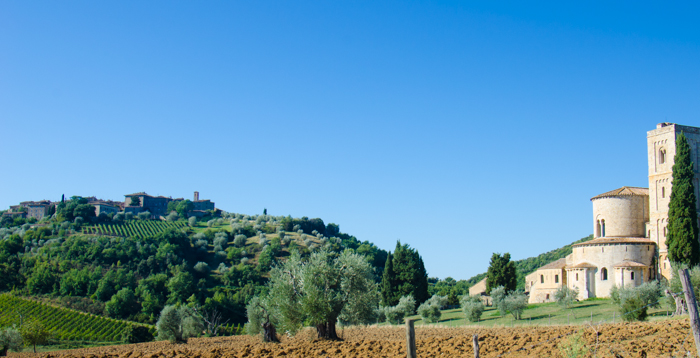
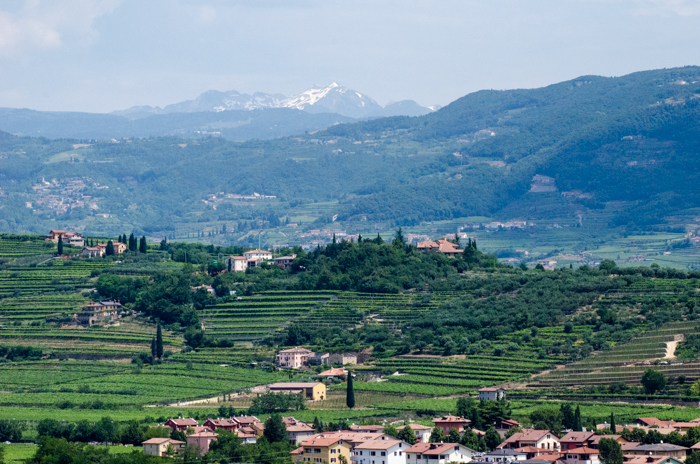 Good news for all you who enjoy toasting a great day in the outdoors with a special glass of vino. The most prestigious wine zone in the Veneto, the
Good news for all you who enjoy toasting a great day in the outdoors with a special glass of vino. The most prestigious wine zone in the Veneto, the 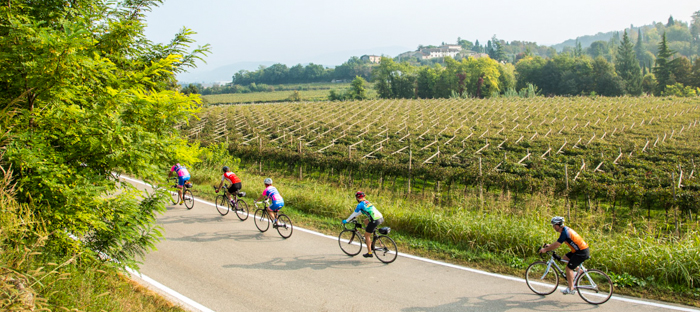
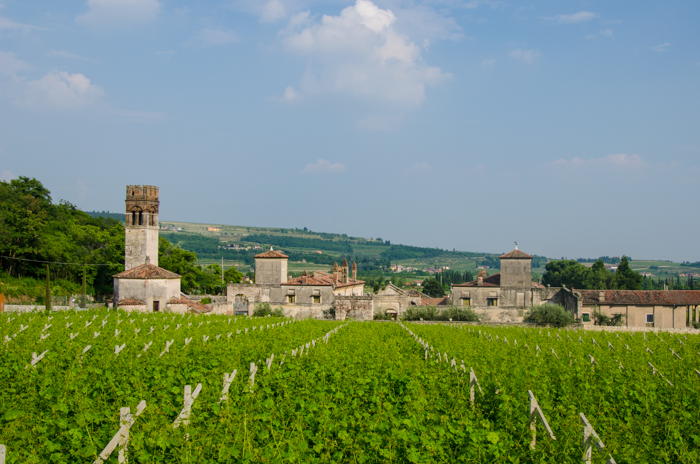 Winemaking in Valpolicella dates back to at least the times of the ancient Greeks. The Valpolicella and Amarone tradition of using dried grapes was known as the “Greek style” of wine production. Roman writers such as Cassiodorus refer to wines from this region, and during the Venetian trading period with the Byzantine Empire, one of the products regularly transported were wines from Valpolicella.
Winemaking in Valpolicella dates back to at least the times of the ancient Greeks. The Valpolicella and Amarone tradition of using dried grapes was known as the “Greek style” of wine production. Roman writers such as Cassiodorus refer to wines from this region, and during the Venetian trading period with the Byzantine Empire, one of the products regularly transported were wines from Valpolicella.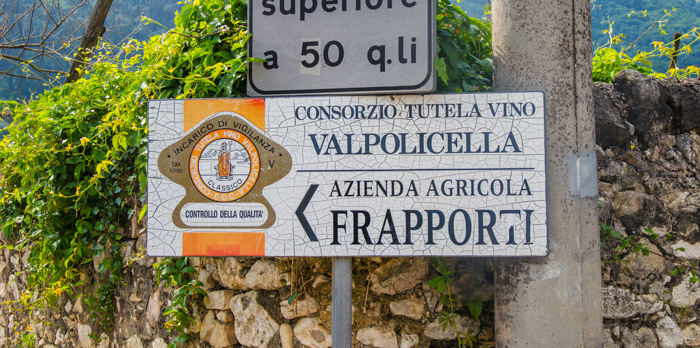 The name itself, Valpolicella, is most commonly believed to be derived from Latin and Greek, “valley of many cellars”. Seven comuni compose Valpolicella: Pescantina, San Pietro in Cariano, Negrar, Marano di Valpolicella, Fumane, Sant’Ambrogio di Valpolicella and Sant’Anna d’Alfaedo. The historical “heart” of Valpolicella winemaking, known as the “classico” area, is in the Monti Lessini hills northwest of Verona. In 1968, in order to keep up with increased demand for their wines, the boundaries were extended east towards the Soave zone and south to the plains of the Po and Adige rivers. Today the economy of this region is centered on wine production.
The name itself, Valpolicella, is most commonly believed to be derived from Latin and Greek, “valley of many cellars”. Seven comuni compose Valpolicella: Pescantina, San Pietro in Cariano, Negrar, Marano di Valpolicella, Fumane, Sant’Ambrogio di Valpolicella and Sant’Anna d’Alfaedo. The historical “heart” of Valpolicella winemaking, known as the “classico” area, is in the Monti Lessini hills northwest of Verona. In 1968, in order to keep up with increased demand for their wines, the boundaries were extended east towards the Soave zone and south to the plains of the Po and Adige rivers. Today the economy of this region is centered on wine production.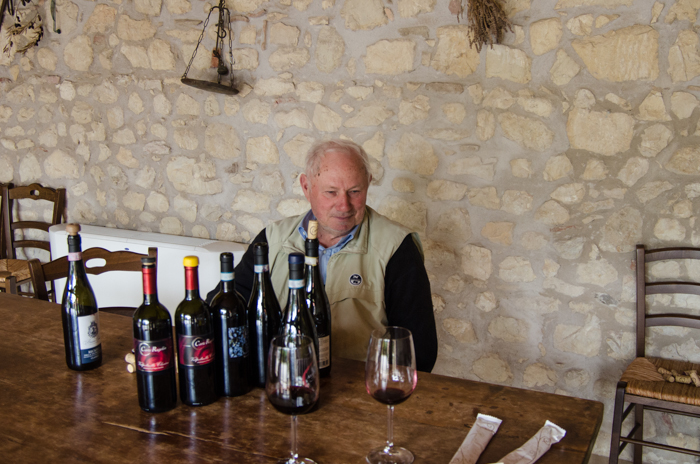 Most guided tours in this region focus on wineries that have facilities for larger group tours and tastings. These wineries are major producers with staff dedicated to wine tourists. They do a nice professional job, but I prefer to visit with smaller family producers. A bit more informal, and gathering around a kitchen table with three generations, tasting wines as they share their family story and their passion for their land, wines, and local traditions is truly unique. The occasional language barrier seems to disappear as we unite in appreciation of the wine and our shared experience. If traveling on your own, don’t miss an opportunity to visit at least one – the lack of a professional looking storefront is intimidating, but these families love to share their wines with visitors, and are thrilled you stopped by.
Most guided tours in this region focus on wineries that have facilities for larger group tours and tastings. These wineries are major producers with staff dedicated to wine tourists. They do a nice professional job, but I prefer to visit with smaller family producers. A bit more informal, and gathering around a kitchen table with three generations, tasting wines as they share their family story and their passion for their land, wines, and local traditions is truly unique. The occasional language barrier seems to disappear as we unite in appreciation of the wine and our shared experience. If traveling on your own, don’t miss an opportunity to visit at least one – the lack of a professional looking storefront is intimidating, but these families love to share their wines with visitors, and are thrilled you stopped by.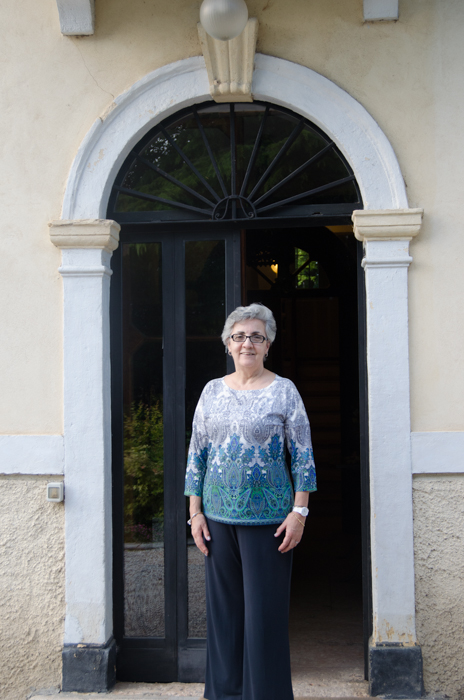 Many delightful dining options are found throughout the Valpolicella region. The area has a wonderful regional cuisine, the best dishes favoring seasonal local products – peaches and apples from orchards along the Adige, fresh olive oil from nearby Lake Garda, mushrooms, chestnuts and truffles from Monte Baldo and Lessini, Monte Veronese cheese. And look for many dishes made with the favorite wines – Beef braised in Amarone, Risotto di Amarone.
Many delightful dining options are found throughout the Valpolicella region. The area has a wonderful regional cuisine, the best dishes favoring seasonal local products – peaches and apples from orchards along the Adige, fresh olive oil from nearby Lake Garda, mushrooms, chestnuts and truffles from Monte Baldo and Lessini, Monte Veronese cheese. And look for many dishes made with the favorite wines – Beef braised in Amarone, Risotto di Amarone.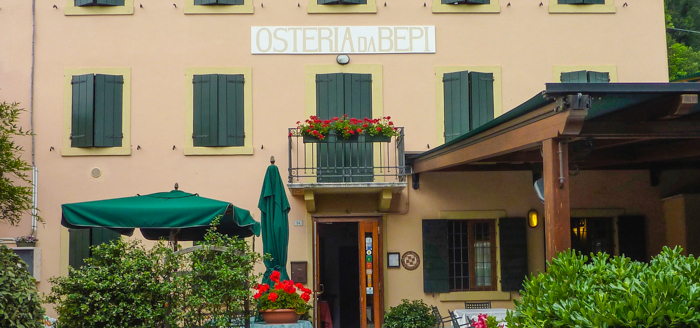
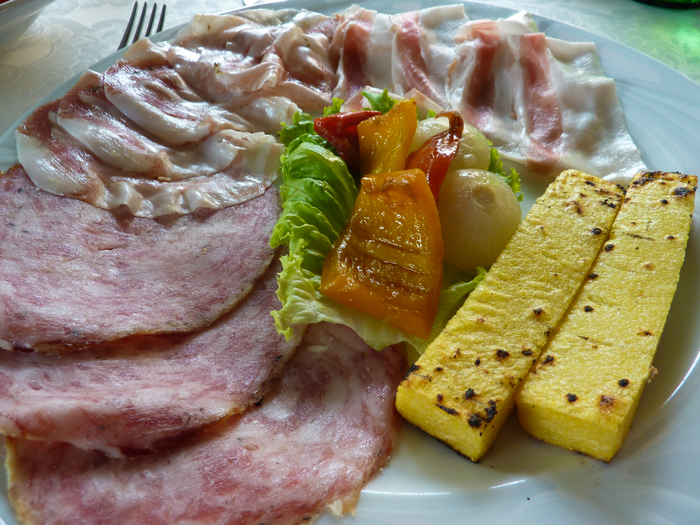 In the heart of the Valpolicella zone, Antica Trattoria da Bepi is a nice spot for a casual meal where you can sample many of these local specialties. Try the antipasti platter with grilled polenta. Polenta is traditionally cooked for a long time over a wood fire, which introduces a smokiness to the dish that modern cook top versions lack. This is one of the few places where I’ve actually tasted that smoke in the polenta.
In the heart of the Valpolicella zone, Antica Trattoria da Bepi is a nice spot for a casual meal where you can sample many of these local specialties. Try the antipasti platter with grilled polenta. Polenta is traditionally cooked for a long time over a wood fire, which introduces a smokiness to the dish that modern cook top versions lack. This is one of the few places where I’ve actually tasted that smoke in the polenta.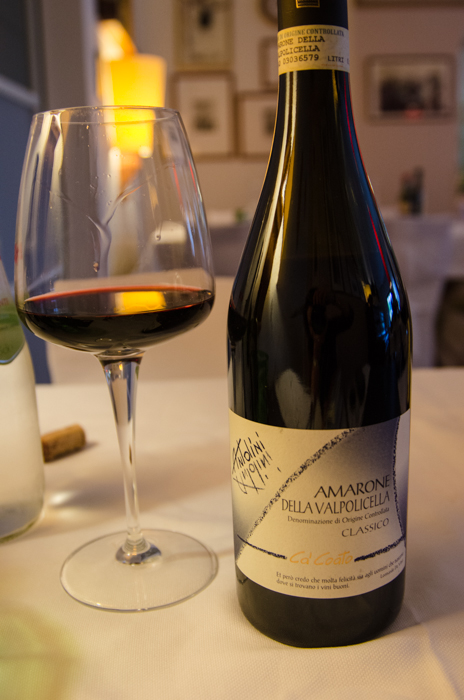 For more refined dining while enjoying a panoramic view of the hills, visit Trattoria alla Ruota. Enjoy tortelli all’amarone “fatta in casa”, made in house, or with truffles when in season. Pork with apples, or a selection of local cheeses. An extensive wine cellar allows you to sample wines from a variety of local producers.
For more refined dining while enjoying a panoramic view of the hills, visit Trattoria alla Ruota. Enjoy tortelli all’amarone “fatta in casa”, made in house, or with truffles when in season. Pork with apples, or a selection of local cheeses. An extensive wine cellar allows you to sample wines from a variety of local producers.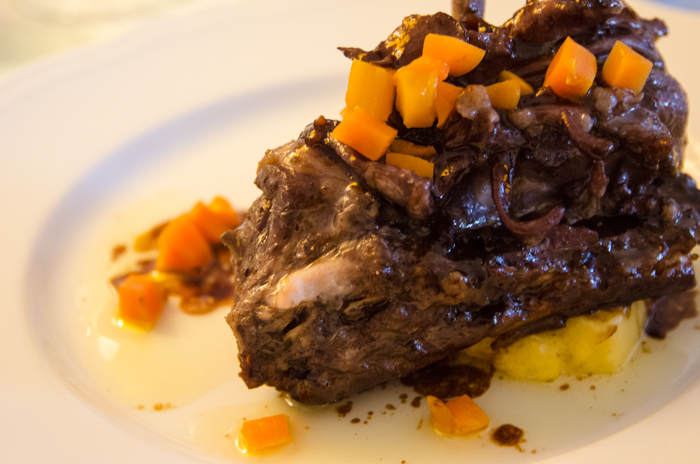 Another favorite of mine is the amazing Enoteca di Valpolicella in Fumane. I’ve shared details of my dining experience here on my blog. The wine cellar of the enoteca is quite impressive, with wines from over 100 local Valpolicella producers. They can design a wine tasting for a group with antipasti, or a multi-course dinner with wine pairings. I recommend just leaving yourself in the proprietor Ada’s hands, allowing her to recommend both food and wine, all beautifully prepared and paired.
Another favorite of mine is the amazing Enoteca di Valpolicella in Fumane. I’ve shared details of my dining experience here on my blog. The wine cellar of the enoteca is quite impressive, with wines from over 100 local Valpolicella producers. They can design a wine tasting for a group with antipasti, or a multi-course dinner with wine pairings. I recommend just leaving yourself in the proprietor Ada’s hands, allowing her to recommend both food and wine, all beautifully prepared and paired.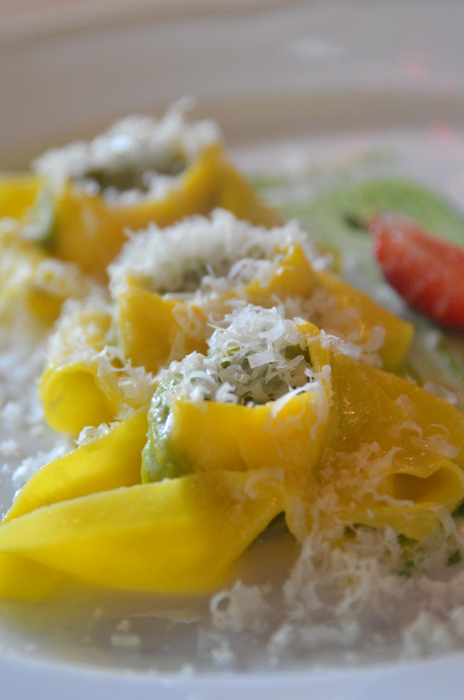
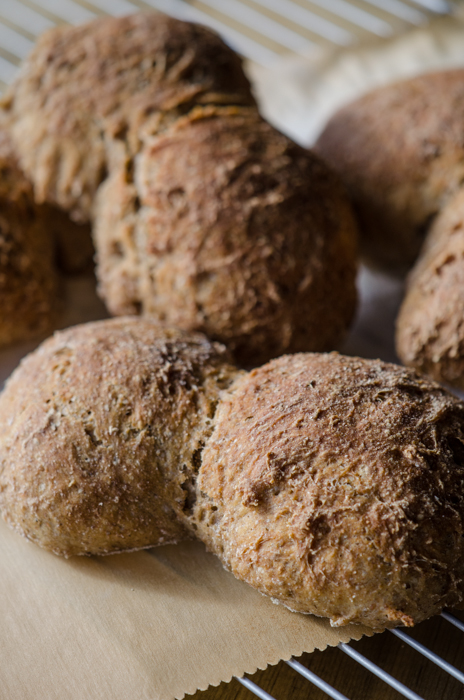 The first few days of our
The first few days of our 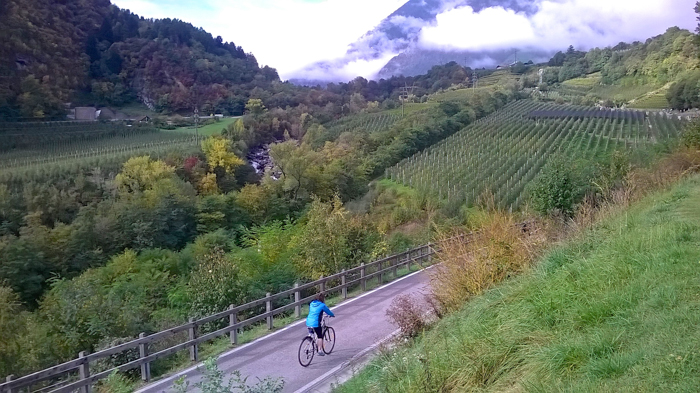 Sudtirol was part of the Austrian-Hungarian empire until after WWI, and the region today still strongly reflects its germanic roots, with German being used as frequently as Italian. The cuisine too reflects these same roots, one example being the breads you find – the mountain farmers here have always preferred whole wheat and rye based breads over the white bread you find in most of Italy. I find the best and most interesting varieties of breads in all of Italy here in Sudtirol.
Sudtirol was part of the Austrian-Hungarian empire until after WWI, and the region today still strongly reflects its germanic roots, with German being used as frequently as Italian. The cuisine too reflects these same roots, one example being the breads you find – the mountain farmers here have always preferred whole wheat and rye based breads over the white bread you find in most of Italy. I find the best and most interesting varieties of breads in all of Italy here in Sudtirol.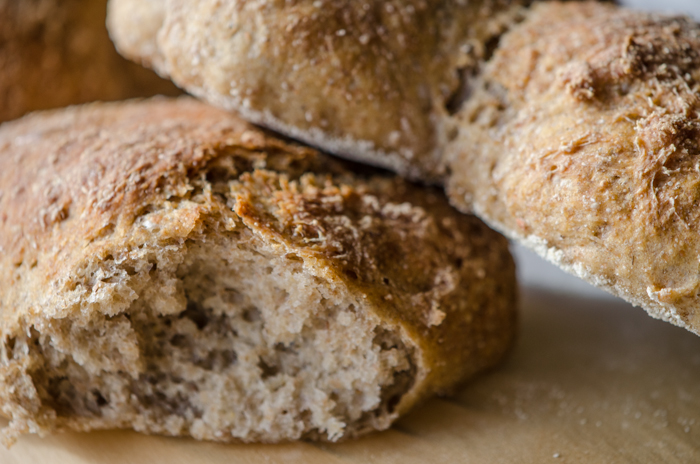 The enviable climate of the Vinschgau, with very mild temperatures for the elevation is optimum for the cultivation of wheat and rye. The best rye flour is cultivated at higher elevations, and with over 300 days of sunshine a year, the rye has sufficient time to fully ripen.
The enviable climate of the Vinschgau, with very mild temperatures for the elevation is optimum for the cultivation of wheat and rye. The best rye flour is cultivated at higher elevations, and with over 300 days of sunshine a year, the rye has sufficient time to fully ripen.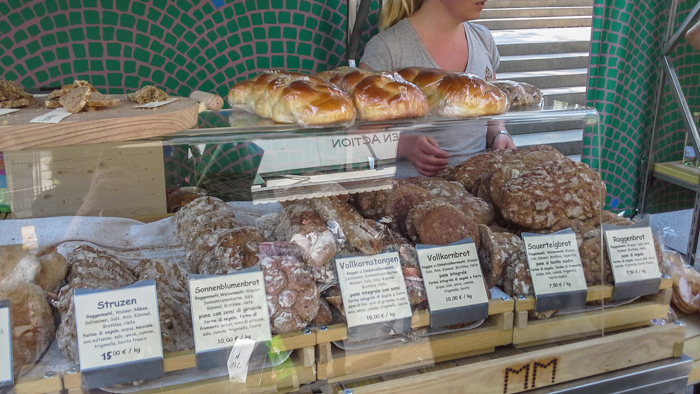
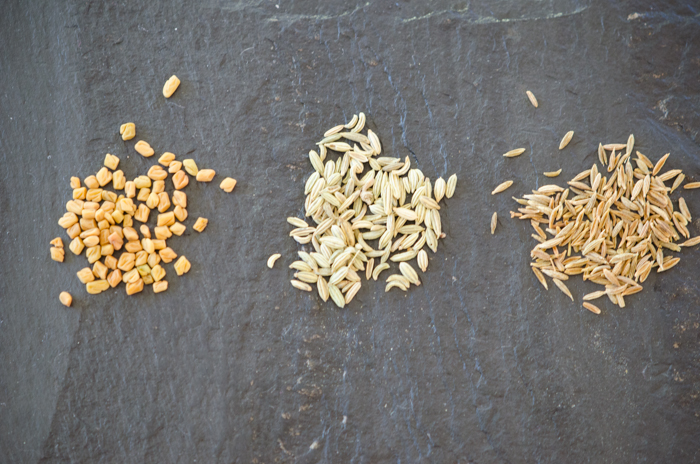
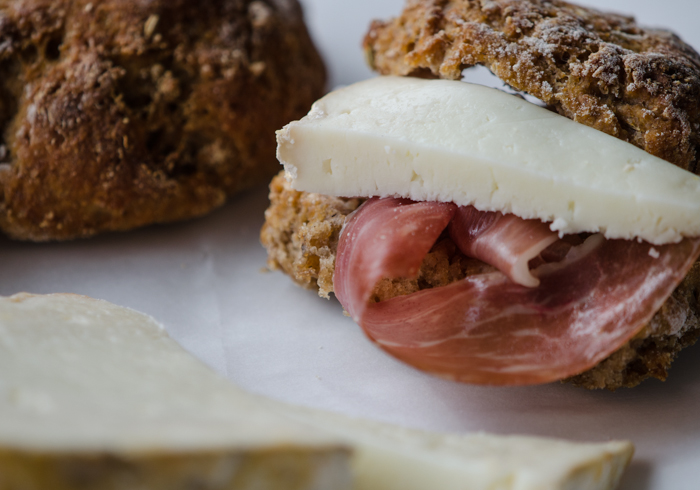 Paarlbrot
Paarlbrot